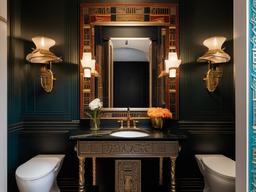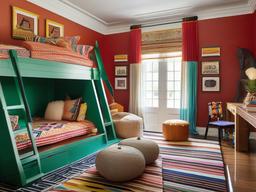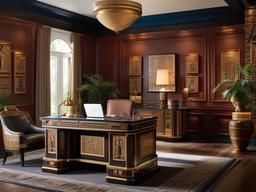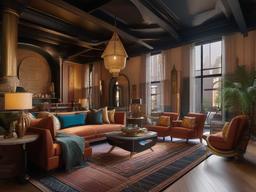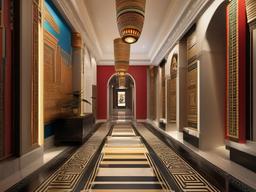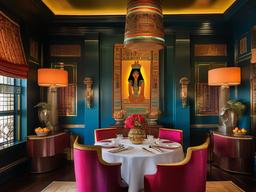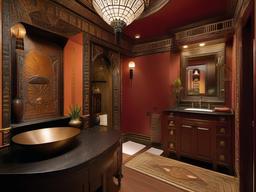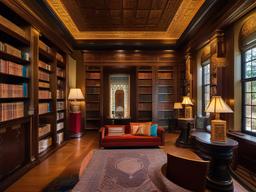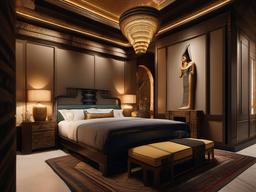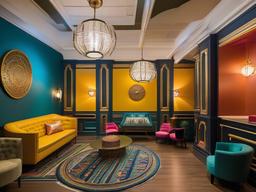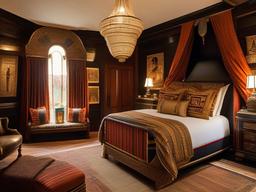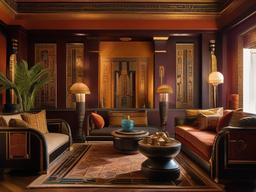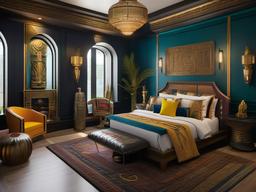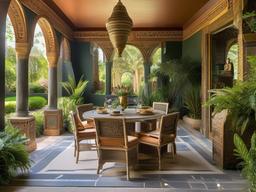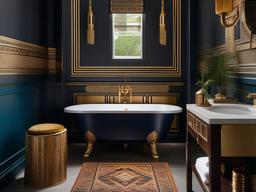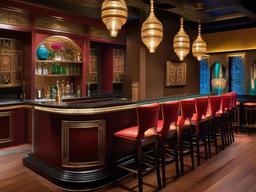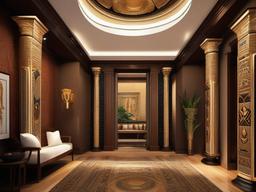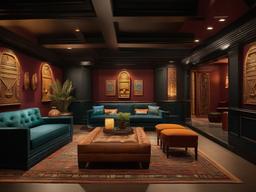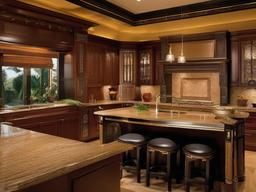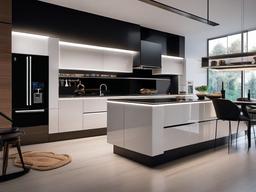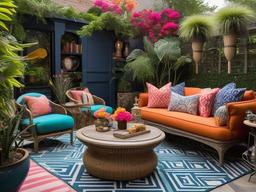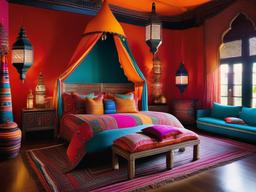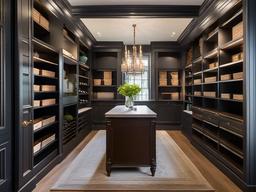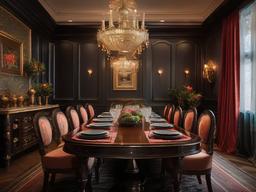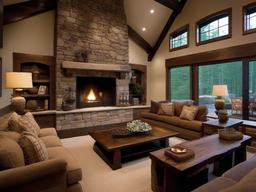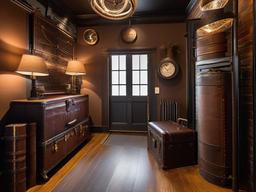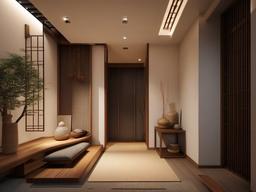Interior design decor ideas > egyptian revival interior design style
Use Windy AI room design generator to assist in your room interior design and home decor. Generate ideas in over 40+ interior design styles.
Egyptian Revival is a grand and exotic design style that draws inspiration from ancient Egyptian art and architecture. It features bold geometric shapes, ornate details, and luxurious materials like gold, marble, and stone. Egyptian motifs such as hieroglyphics, pyramids, and lotus flowers are often incorporated into the design. The style exudes opulence and grandeur, making it perfect for those who appreciate a regal, historical aesthetic with a sense of drama and mystery.
Egyptian Revival design became popular in the 19th century, following the discovery of ancient Egyptian tombs and artifacts. The style experienced a resurgence in the 1920s, particularly after the discovery of King Tutankhamun's tomb in 1922. It incorporates elements from ancient Egyptian art, such as stylized animals, pyramids, and columns, combined with Western architectural and interior design practices. Today, it remains a dramatic and luxurious choice for those who are inspired by ancient history and grandeur.
To create an Egyptian Revival interior, use bold, geometric shapes and luxurious materials like gold, marble, and stone. Incorporate Egyptian motifs such as hieroglyphics, scarabs, and lotus flowers in your decor or furniture. Opt for rich, opulent colors like deep reds, blues, and golds, and use ornate lighting fixtures to enhance the grandeur. Incorporate statues or artwork of Egyptian gods and pharaohs, and consider adding columns or archways for an authentic architectural touch.
Egyptian Revival design is defined by its use of bold geometric shapes, luxurious materials, and Egyptian motifs. The color palette is rich and opulent, featuring deep reds, blues, and golds. Materials like marble, stone, and gold leaf are common. Furniture and decor often incorporate motifs like pyramids, scarabs, and lotus flowers. Key characteristics include ornate details, hieroglyphic patterns, and a sense of grandeur, evoking the opulence and mystery of ancient Egypt.
Egyptian Revival design became popular in the 19th century, following the discovery of ancient Egyptian tombs and artifacts. The style experienced a resurgence in the 1920s, particularly after the discovery of King Tutankhamun's tomb in 1922. It incorporates elements from ancient Egyptian art, such as stylized animals, pyramids, and columns, combined with Western architectural and interior design practices. Today, it remains a dramatic and luxurious choice for those who are inspired by ancient history and grandeur.
To create an Egyptian Revival interior, use bold, geometric shapes and luxurious materials like gold, marble, and stone. Incorporate Egyptian motifs such as hieroglyphics, scarabs, and lotus flowers in your decor or furniture. Opt for rich, opulent colors like deep reds, blues, and golds, and use ornate lighting fixtures to enhance the grandeur. Incorporate statues or artwork of Egyptian gods and pharaohs, and consider adding columns or archways for an authentic architectural touch.
Egyptian Revival design is defined by its use of bold geometric shapes, luxurious materials, and Egyptian motifs. The color palette is rich and opulent, featuring deep reds, blues, and golds. Materials like marble, stone, and gold leaf are common. Furniture and decor often incorporate motifs like pyramids, scarabs, and lotus flowers. Key characteristics include ornate details, hieroglyphic patterns, and a sense of grandeur, evoking the opulence and mystery of ancient Egypt.

